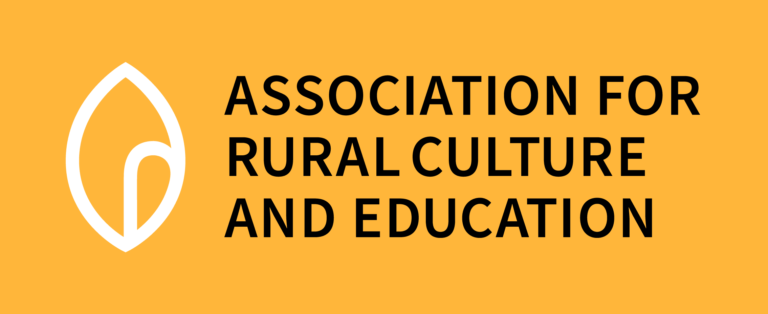Projects and residencies
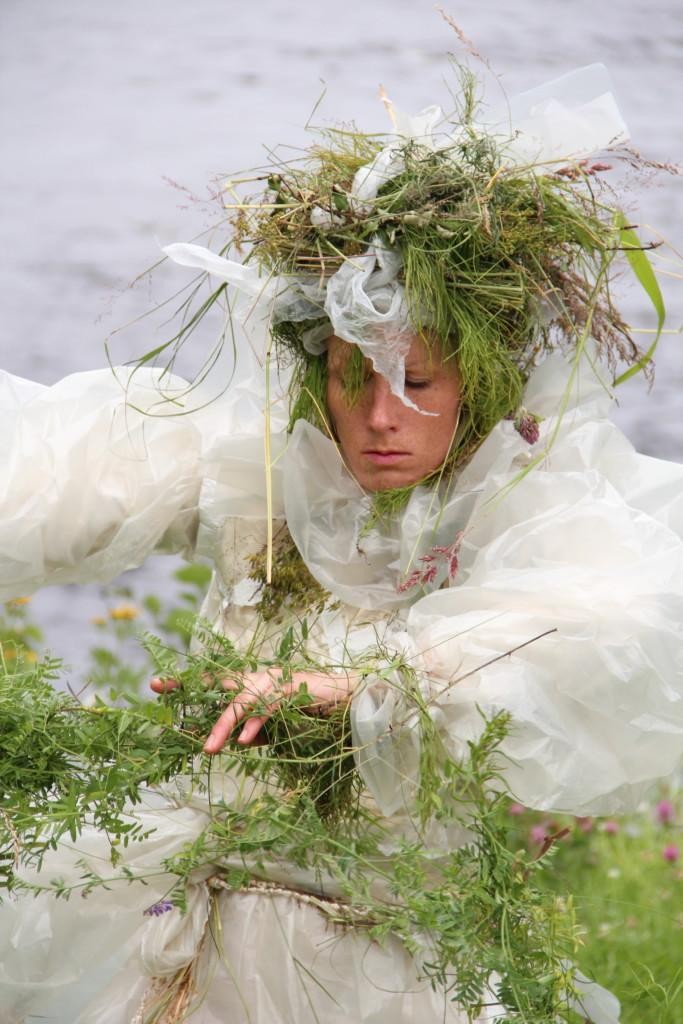
Village artists and artists-in-residence
The artists work in a community for a few weeks or months. They produce a work, composition, dance or environmental act, depending on the artist, the other participants and the spirit of the place. We want to promote cooperation between rural and urban areas as well as dialogue and learning between different people through our activities.
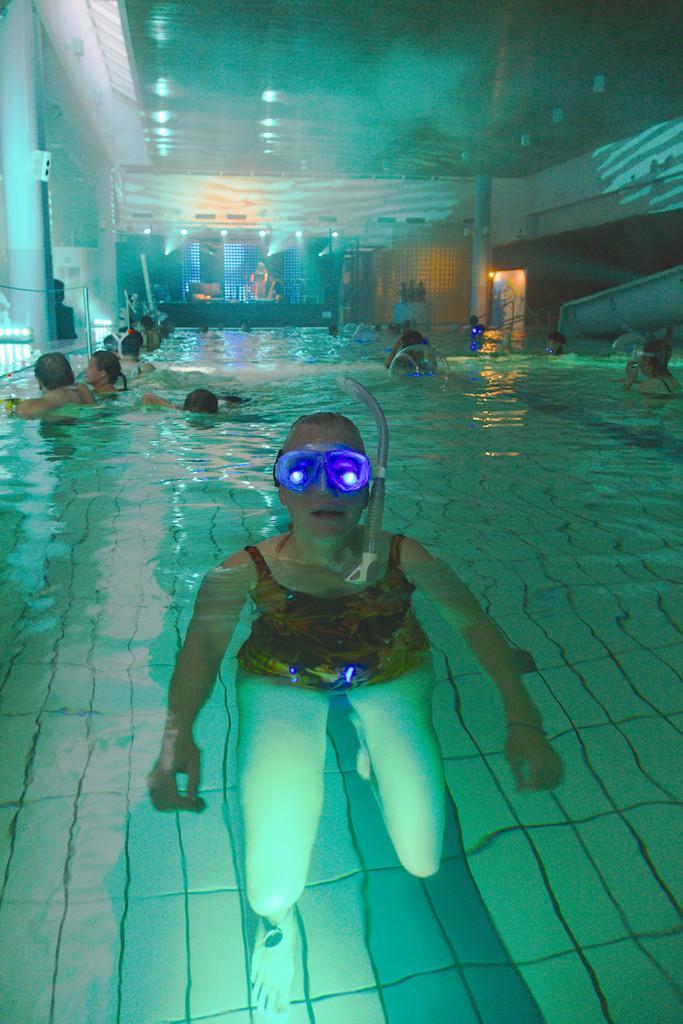
Nature and people
We have worked with artists over the years to develop a variety of creative methods, artistic processes and works of environmental art through which we have sought to increase the number of interactive encounters between people and nature. The starting point for these art projects can be small or large social and human problems that are worth paying attention to.
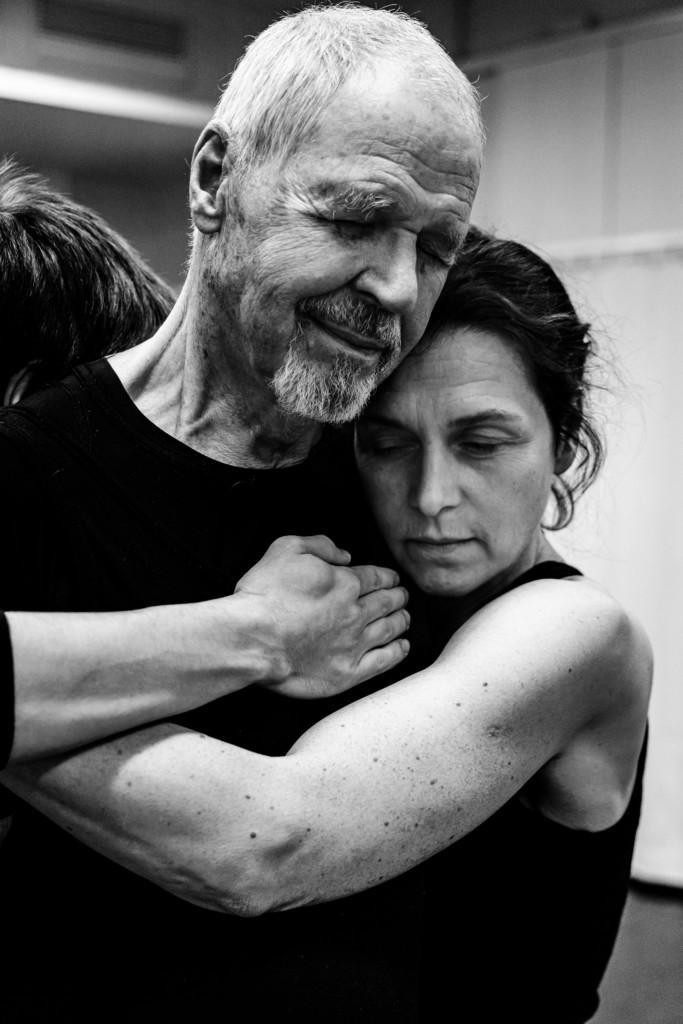
Touch, corporeality, and movement
Looking in the eye and listening – breathing, being there and touching. These form the basis of dance artist Hanna Brotherus’s method. The KEHO workshops produced by the Association for Rural Culture and Education and run by Hanna Brotherus have explored opportunities for professional dancers to work in communities and municipalities. Dance is at the heart of the activities; the way it welcomes everyone regardless of age, gender, profession, wealth, status and nationality.
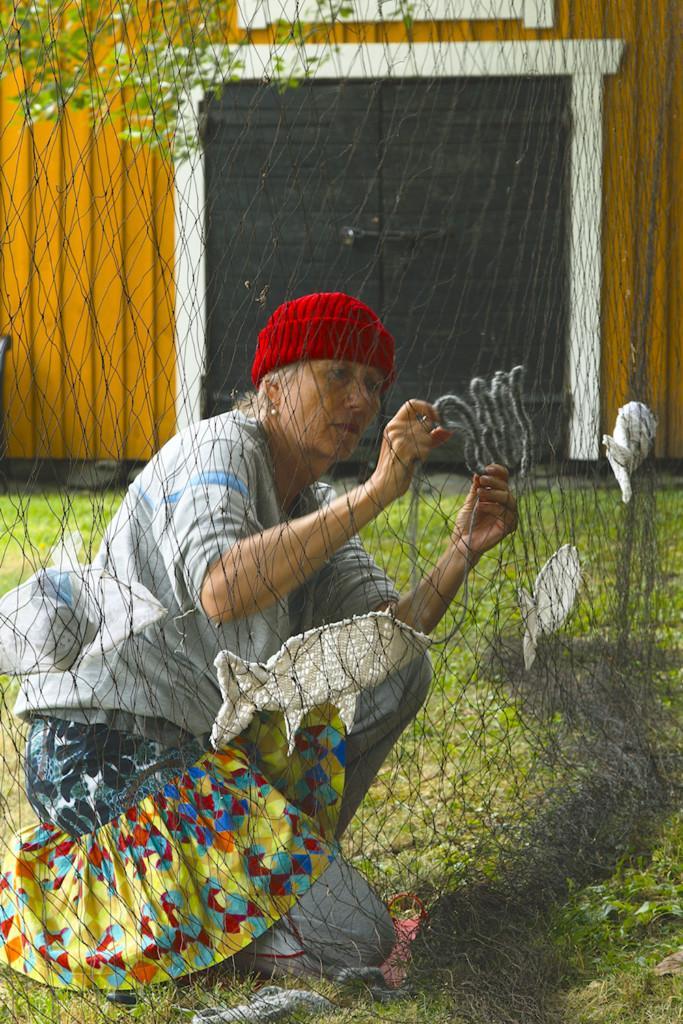
Organisational artists
Organisational artists work for a municipality, museum, village association or some other type of work community for periods of different lengths of time that depend on the goals of the particular project. The artist selected for the position works in an organisation using their creative methods as tools. The artist’s job can involve carrying out various tasks in the organisation such as developing internal processes, or the artist can work at the interface between the organisation and its customers, activating both the employees and the customers or the audience.
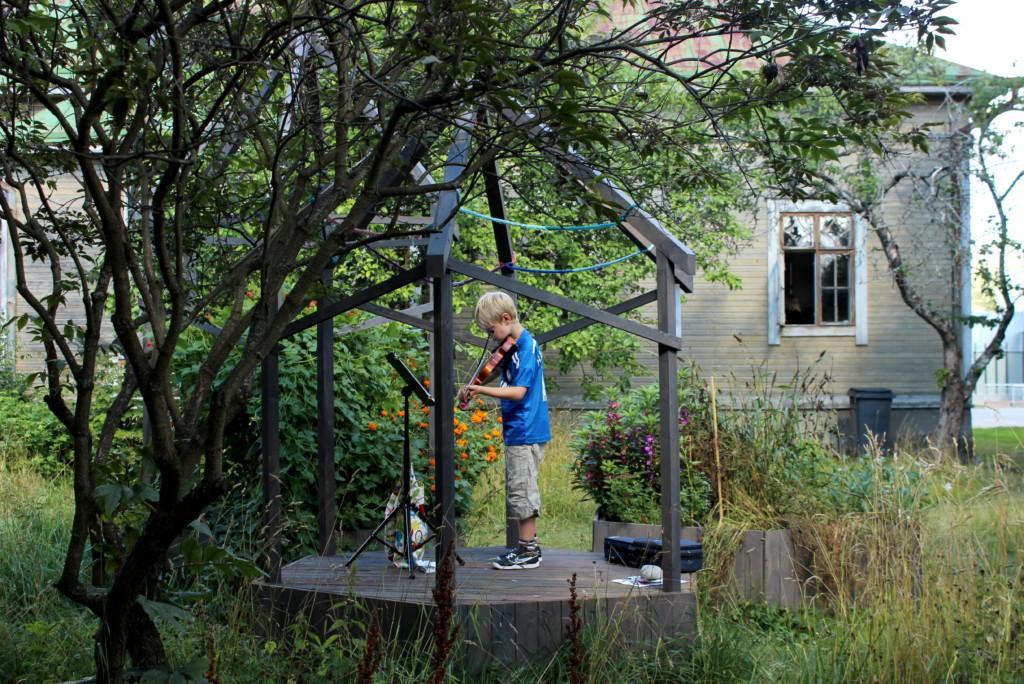
Cultural environment and stories
How can we define a good and valuable environment to live in? How do places and spaces shape us and affect our minds? Living cultural heritage and a responsible attitude to the environment are the cornerstones of the Association for Rural Culture and Education’s values and are reflected in our activities in various ways. Stories and memories, familiar childhood hiding places, smells and moods are good starting points for thinking about one’s cultural identity. These activities need residents from different cultural backgrounds to engage.
Ota yhteyttä
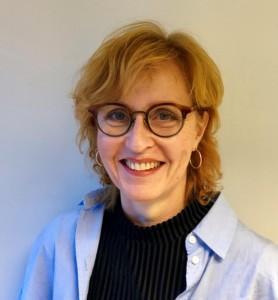
Helka Ketonen
Director for Cultural Affairs
+358 403 577 662 helka.ketonen@msl.fi Read more about the person
Twitter – Linkki avautuu uudessa välilehdessä


